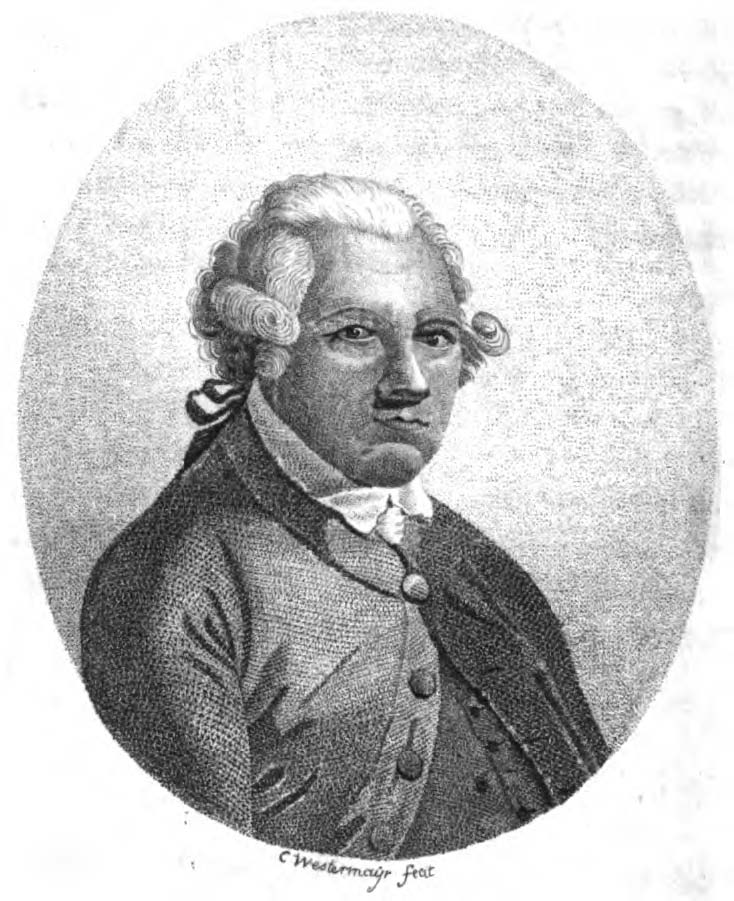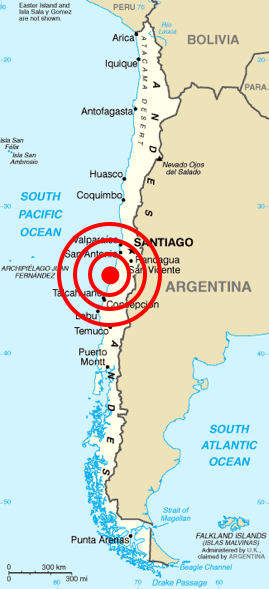|
Hydrographic And Oceanographic Service Of The Chilean Navy
SHOA or Servicio Hidrográfico y Oceanográfico de la Armada de Chile (Spanish for Hydrographic and Oceanographic Service of the Chilean Navy) is an agency of the Chilean Navy managing situations dealing with hydrography and oceanography, including tides and tsunamis. SHOA has faced severe criticism after the 2010 Chile earthquake, the largest earthquake since the 1960 Valdivia earthquake. Criticism include the lack of coordination with other authorities and the ONEMI ONEMI or National Office of Emergency of the Interior Ministry ( es, Oficina Nacional de Emergencia del Ministerio del Interior) is a Chilean government agency dedicated to the prevention, organization, coordination and information relative to na ... (Chile's emergency office). ONEMI, SHOA and the government have been accused of the initial neglect of the tsunami warning sent by the Pacific Tsunami Warning Center which resulted in the deaths of hundred of persons. The director of SHOA Mariano Rojas was removed ... [...More Info...] [...Related Items...] OR: [Wikipedia] [Google] [Baidu] |
Chilean Navy
The Chilean Navy ( es, Armada de Chile) is the naval warfare service branch of the Chilean Armed Forces. It is under the Ministry of National Defense. Its headquarters are at Edificio Armada de Chile, Valparaiso. History Origins and the Wars of Independence (1817–1830) The origins of the Chilean Navy date back to 1817, when General Bernardo O'Higgins prophetically declared after the Chilean victory at the Battle of Chacabuco that a hundred such victories would count for nothing if Chile did not gain control of the sea. This led to the development of the Chilean Navy, and the first legal resolutions outlining the organization of the institution were created. Chile's First National Fleet and the Academy for Young Midshipmen, which was the predecessor of the current Naval Academy, were founded, as well as the Marine Corps and the Supply Commissary. The first commander of the Chilean Navy was Manuel Blanco Encalada. Famous British naval commander Lord Cochrane, who f ... [...More Info...] [...Related Items...] OR: [Wikipedia] [Google] [Baidu] |
Hydrography
Hydrography is the branch of applied sciences which deals with the measurement and description of the physical features of oceans, seas, coastal areas, lakes and rivers, as well as with the prediction of their change over time, for the primary purpose of safety of navigation and in support of all other marine activities, including economic development, security and defense, scientific research, and environmental protection. History The origins of hydrography lay in the making of charts to aid navigation, by individual mariners as they navigated into new waters. These were usually the private property, even closely held secrets, of individuals who used them for commercial or military advantage. As transoceanic trade and exploration increased, hydrographic surveys started to be carried out as an exercise in their own right, and the commissioning of surveys was increasingly done by governments and special hydrographic offices. National organizations, particularly navies, realize ... [...More Info...] [...Related Items...] OR: [Wikipedia] [Google] [Baidu] |
Oceanography
Oceanography (), also known as oceanology and ocean science, is the scientific study of the oceans. It is an Earth science, which covers a wide range of topics, including ecosystem dynamics; ocean currents, Wind wave, waves, and geophysical fluid dynamics; plate tectonics and the geology of the sea floor; and fluxes of various chemical substances and physical properties within the ocean and across its boundaries. These diverse topics reflect multiple disciplines that oceanographers utilize to glean further knowledge of the world ocean, including astronomy, biology, chemistry, climatology, geography, geology, hydrology, meteorology and physics. Paleoceanography studies the history of the oceans in the geologic past. An oceanographer is a person who studies many matters concerned with oceans, including marine geology, physics, chemistry and biology. History Early history Humans first acquired knowledge of the waves and currents of the seas and oceans in pre-historic times. Obser ... [...More Info...] [...Related Items...] OR: [Wikipedia] [Google] [Baidu] |
Tide
Tides are the rise and fall of sea levels caused by the combined effects of the gravitational forces exerted by the Moon (and to a much lesser extent, the Sun) and are also caused by the Earth and Moon orbiting one another. Tide tables can be used for any given locale to find the predicted times and amplitude (or "tidal range"). The predictions are influenced by many factors including the alignment of the Sun and Moon, the phase and amplitude of the tide (pattern of tides in the deep ocean), the amphidromic systems of the oceans, and the shape of the coastline and near-shore bathymetry (see '' Timing''). They are however only predictions, the actual time and height of the tide is affected by wind and atmospheric pressure. Many shorelines experience semi-diurnal tides—two nearly equal high and low tides each day. Other locations have a diurnal tide—one high and low tide each day. A "mixed tide"—two uneven magnitude tides a day—is a third regular category. Tides va ... [...More Info...] [...Related Items...] OR: [Wikipedia] [Google] [Baidu] |
Tsunami
A tsunami ( ; from ja, 津波, lit=harbour wave, ) is a series of waves in a water body caused by the displacement of a large volume of water, generally in an ocean or a large lake. Earthquakes, volcanic eruptions and other underwater explosions (including detonations, landslides, glacier calvings, meteorite impacts and other disturbances) above or below water all have the potential to generate a tsunami. Unlike normal ocean waves, which are generated by wind, or tides, which are in turn generated by the gravitational pull of the Moon and the Sun, a tsunami is generated by the displacement of water from a large event. Tsunami waves do not resemble normal undersea currents or sea waves because their wavelength is far longer. Rather than appearing as a breaking wave, a tsunami may instead initially resemble a rapidly rising tide. For this reason, it is often referred to as a tidal wave, although this usage is not favoured by the scientific community because it mig ... [...More Info...] [...Related Items...] OR: [Wikipedia] [Google] [Baidu] |
2010 Chile Earthquake
The 2010 Chile earthquake and tsunami ( es, Terremoto del 27F) occurred off the coast of central Chile on Saturday, 27 February at 03:34 local time (06:34 UTC), having a magnitude of 8.8 on the moment magnitude scale, with intense shaking lasting for about three minutes. It was felt strongly in six Chilean regions (from Valparaíso in the north to Araucanía in the south) that together make up about 80 percent of the country's population. According to the United States Geological Survey (USGS) the cities experiencing the strongest shaking—VIII (''Severe'') on the Mercalli intensity scale (MM)—were Concepción, Arauco, and Coronel. According to Chile's Seismological Service, Concepción experienced the strongest shaking at MM IX (''Violent''). The earthquake was felt in the capital Santiago at MM VII (''Very strong'') or MM VIII. Tremors were felt in many Argentine cities, including Buenos Aires, Córdoba, Mendoza, and La Rioja. Tremors were felt as far north as th ... [...More Info...] [...Related Items...] OR: [Wikipedia] [Google] [Baidu] |
ONEMI
ONEMI or National Office of Emergency of the Interior Ministry ( es, Oficina Nacional de Emergencia del Ministerio del Interior) is a Chilean government agency dedicated to the prevention, organization, coordination and information relative to natural disasters. After the 1960 Valdivia earthquake a committee was formed to solve problems caused by the earthquake. However, this committee was not dissolved afterwards and in 1974, it acquired by law independent status as governmental office. Other state funded agencies and services that cooperate with ONEMI are CONAF in terms related to forests and wildlife and OVDAS in monitoring volcanoes. 2010 Chile earthquake and trial ONEMI has faced severe criticism after the 2010 Chile earthquake, the largest earthquake in Chile since the 1960 Valdivia earthquake. Criticism include the lack of coordination with other authorities and the SHOA (Hydrographic and Oceanographic Service of the Chilean Navy). ONEMI, SHOA and the government have be ... [...More Info...] [...Related Items...] OR: [Wikipedia] [Google] [Baidu] |
Pacific Tsunami Warning Center
The Pacific Tsunami Warning Center (PTWC) is one of two tsunami warning centers that are operated by NOAA in the United States. Headquartered on Ford Island, HI, the PTWC is part of an international tsunami warning system (TWS) program and serves as the operational center for TWS of the Pacific issuing bulletins and warnings to participating members and other nations in the Pacific Ocean area of responsibility. It is also the regional (local) warning center for the State of Hawaii. The other tsunami warning center is the National Tsunami Warning Center (NTWC) in Palmer, Alaska, serving all coastal regions of Canada and the United States except Hawaii, the Caribbean Sea and the Gulf of Mexico. The PTWC was established in 1949, following the 1946 Aleutian Island earthquake and a tsunami that resulted in 165 casualties in Hawaii and Alaska. The PTWC uses seismic data as its starting point, but then takes into account oceanographic data when calculating possible threats. Tid ... [...More Info...] [...Related Items...] OR: [Wikipedia] [Google] [Baidu] |
El Mercurio
''El Mercurio'' (known online as ''El Mercurio On-Line'', ''EMOL'') is a Chilean newspaper with editions in Valparaíso and Santiago. Its Santiago edition is considered the country's newspaper of record and it is considered the oldest daily in the Spanish language currently in circulation. ''El Mercurio'' is owned by El Mercurio S.A.P. (''Sociedad Anónima Periodística'' 'joint stock news company'), which operates a network of 19 regional dailies and 32 radio stations across the country. History The Valparaíso edition of ''El Mercurio'' was founded by Pedro Félix Vicuña ( Benjamín Vicuña Mackenna's father) on September 12, 1827, and was later acquired by Agustín Edwards Ross in 1880. The Santiago edition was founded by Agustín Edwards Mac Clure, son of Edwards Ross, on June 1, 1900. In 1942 Edwards Mac Clure died and his son Agustín Edwards Budge took over as president. When Edwards Budge died in 1956, his son, Agustín Edwards Eastman, took control of the company. ... [...More Info...] [...Related Items...] OR: [Wikipedia] [Google] [Baidu] |




